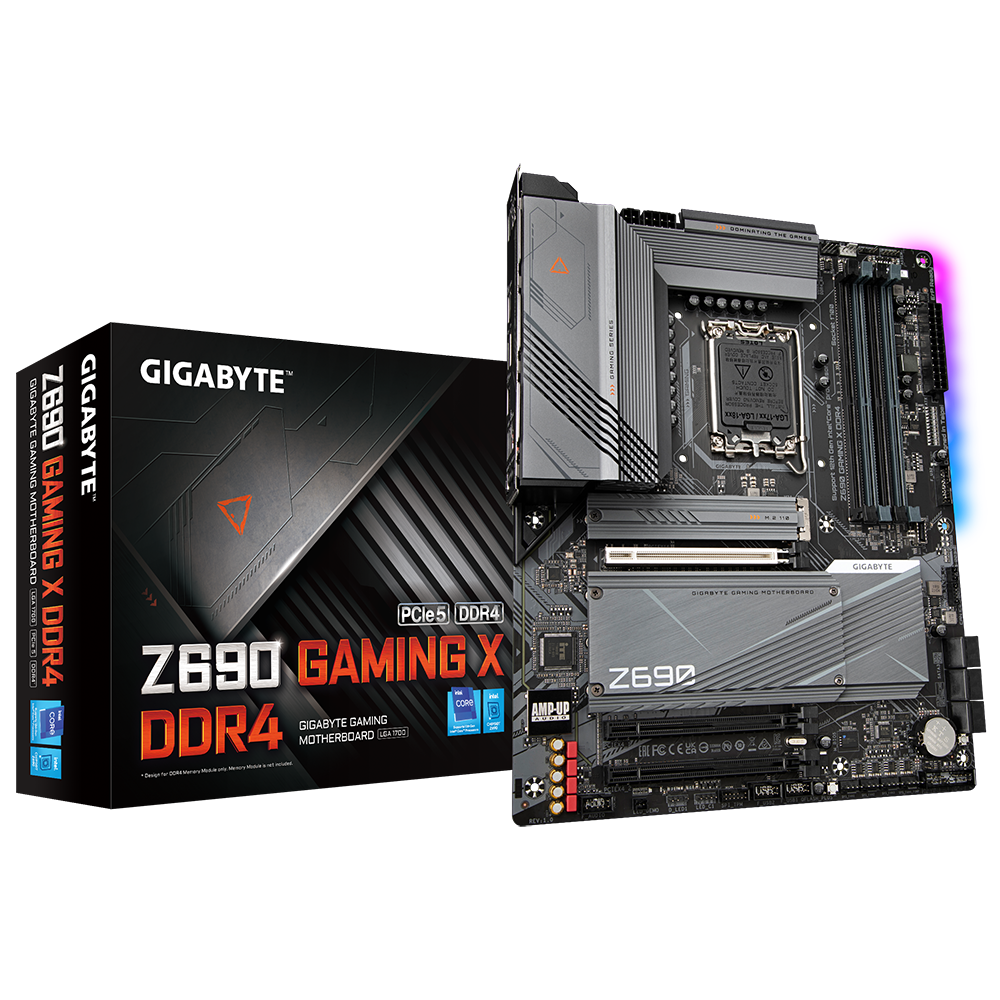Associate
- Joined
- 23 Dec 2015
- Posts
- 79
Not seen this discussed here yet, but researchers have discovered that Gigabyte have embedded a backdoor into the BIOS of their motherboards that allows them to remotely update them. But they left this back door unsecured, relying on the fact it is hidden as the only form of security.
They was my trusted brand, but they are going to get their @sses sued in America for this, plus they will have to release updates for every motherboard out there to try and resolve this.

 www.wired.com
www.wired.com
They was my trusted brand, but they are going to get their @sses sued in America for this, plus they will have to release updates for every motherboard out there to try and resolve this.

Millions of PC Motherboards Were Sold With a Firmware Backdoor
Hidden code in hundreds of models of Gigabyte motherboards invisibly and insecurely downloads programs—a feature ripe for abuse, researchers say.
Last edited:



 the GCC is a bloated POS with likely a bunch of security holes, definitely doing some undesirable telemetry stuff and at times impacts on performance of the system.
the GCC is a bloated POS with likely a bunch of security holes, definitely doing some undesirable telemetry stuff and at times impacts on performance of the system.

